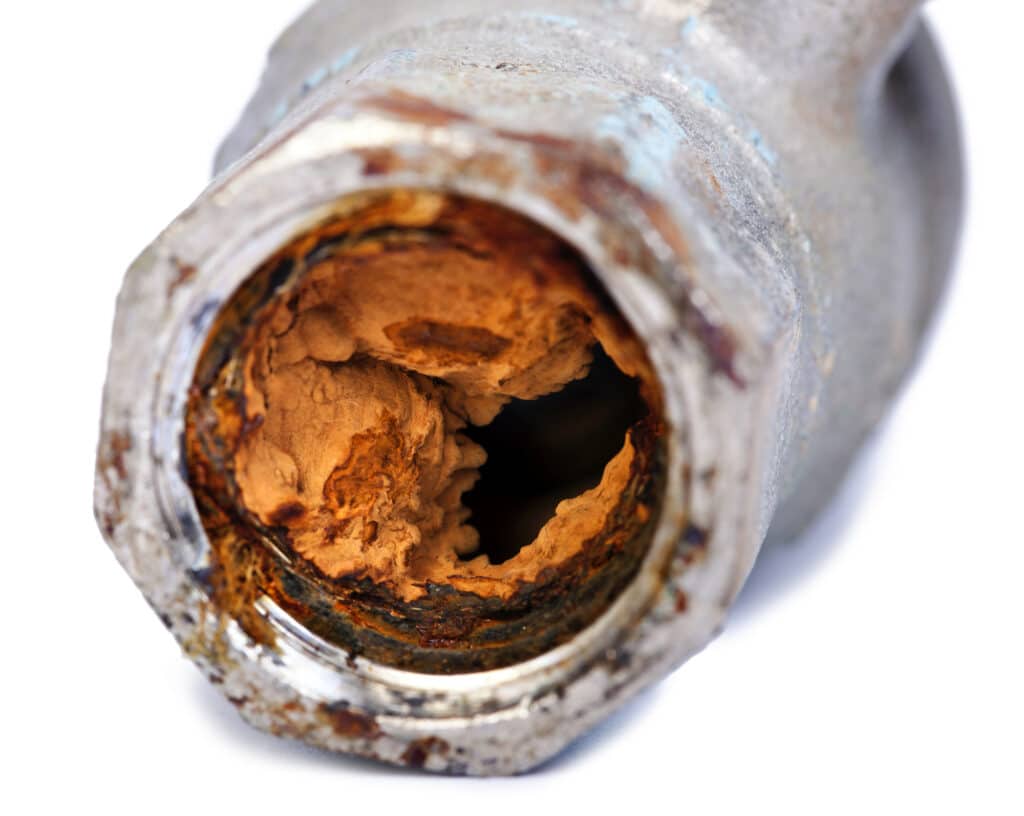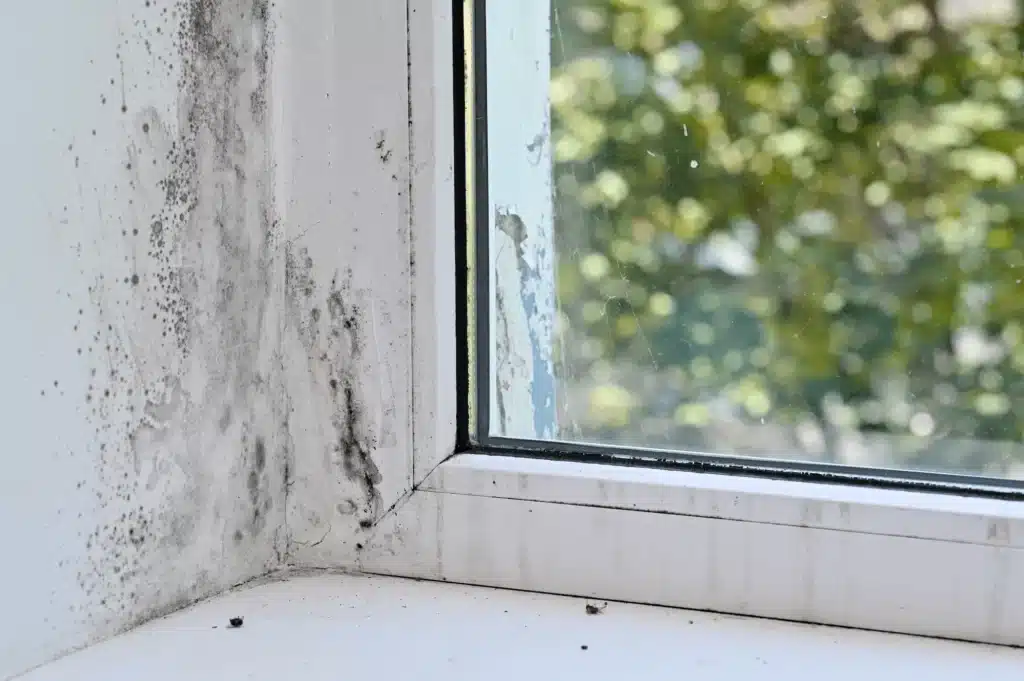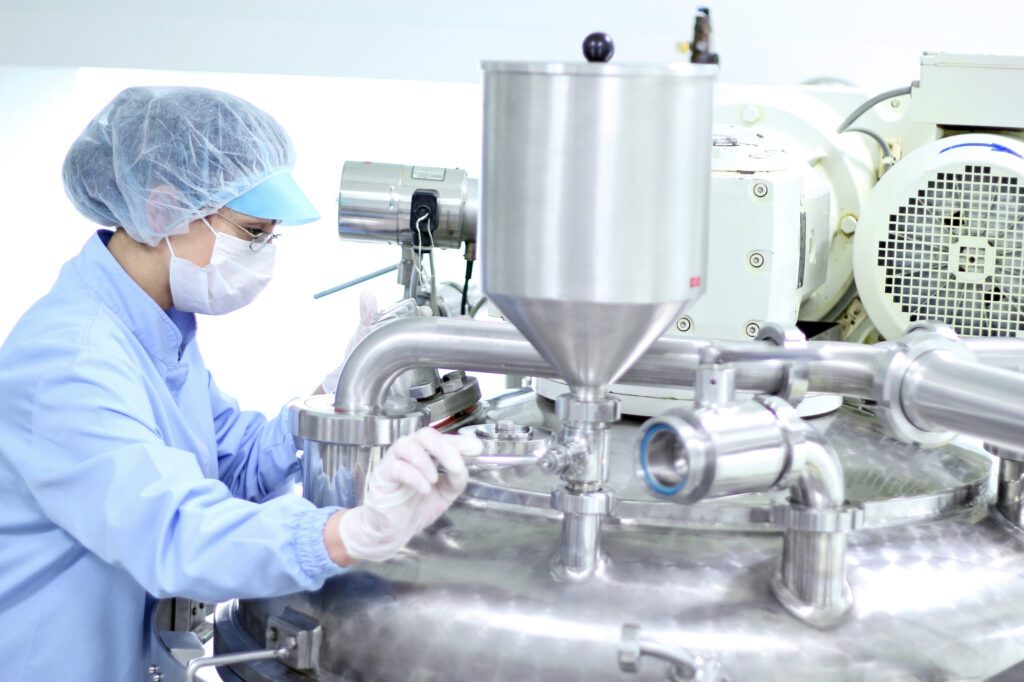
The quality of the air inside our homes is inextricably linked to our health and well-being. Of the many factors influencing this quality, air pollution is one of the most worrying.
In this in-depth study, we take an exhaustive look at the various impacts of air pollution on indoor air quality, highlighting the urgent need to adopt innovative measures to prevent and improve this situation.
Sources of atmospheric pollution
Air pollution comes from a variety of sources, ranging from industrial emissions to chemicals used in our homes and vehicle emissions. These noxious substances are able to penetrate buildings through various routes, such as doors, windows and ventilation systems, thereby exacerbating the deterioration in indoor air quality. The health consequences of this pollution are varied and often serious.
The effects of air pollution on health
The harmful effects of poor indoor air quality on health are diverse and often underestimated. Air pollutants can irritate the respiratory tract, trigger allergies, aggravate asthma symptoms and contribute to the development of chronic lung disease.
In addition, certain chemical substances present in indoor air are associated with hormonal problems, fertility disorders and chronic illnesses, including cancer.
Fine particles, particularly those measuring less than 2.5 micrometres (PM2.5), are a major concern in indoor air pollution. Because of their small size, these particles can penetrate deep into our lungs and even be absorbed into our bloodstream, leading to serious health problems such as cardiovascular disease and respiratory disorders.
Impact on the environment
In addition to its effects on health, indoor air pollution also has significant consequences for the environment. Greenhouse gas emissions from a variety of sources, such as heating systems, cooking appliances, chimneys and motor vehicles, contribute to global warming.
These gases, such as carbon dioxide (CO2), methane (CH4) and nitrous oxide (N2O), become trapped in the atmosphere, creating a greenhouse effect that traps heat and leads to global warming.
Indoor air pollution also contributes to the deterioration in outdoor air quality. Fine particles, nitrogen oxides, carbon monoxide and volatile organic compounds (VOCs) emitted inside buildings can mix with outdoor pollutants and worsen overall air pollution.
These atmospheric pollutants can have harmful effects on vegetation, ecosystems and natural resources. Plants can be damaged by exposure to high levels of pollutants, which limits their ability to photosynthesise and absorb carbon dioxide.
This reduction in the ability of plants to take up CO2 contributes to increased levels of CO2 in the atmosphere, exacerbating global warming. In addition, atmospheric pollution can acidify soil and water, affecting plant growth and the health of ecosystems.
Strategies for preventing and improving indoor air quality
To prevent and improve indoor air quality, a number of strategies need to be implemented. One of the most important is to ensure that indoor spaces are adequately ventilated, so that fresh air can circulate. The use of air filtration systems, such as HEPA filters, is also highly effective in eliminating atmospheric pollutants.
In addition to ventilation and air filtration, it is essential to reduce the use of toxic chemicals inside buildings. Opting for environmentally-friendly cleaning products and building materials with low emissions of volatile organic compounds (VOCs) makes a significant contribution to this approach.
Excessive humidity, which is conducive to the growth of mould and bacteria, should also be monitored, by ensuring adequate ventilation of at-risk areas such as bathrooms and kitchens, and using dehumidifiers where necessary.
The importance of education and awareness-raising
Raising public awareness of the importance of indoor air quality and the need to take preventive measures is essential.Governments, environmental organisations and health professionals play a crucial role in disseminating information, educating and raising public awareness.
Awareness campaigns can provide practical advice on reducing exposure to pollution, such as using public transport or adopting environmentally-friendly modes of transport.
In short, air pollution has a significant impact on indoor air quality, with serious consequences for health and well-being. Everyone has a responsibility to take practical steps to prevent and improve indoor air quality.
By promoting adequate ventilation, using air filtration systems and reducing the use of toxic chemicals, we can create healthier indoor spaces, improving our overall quality of life.






About The Author: Web
More posts by web